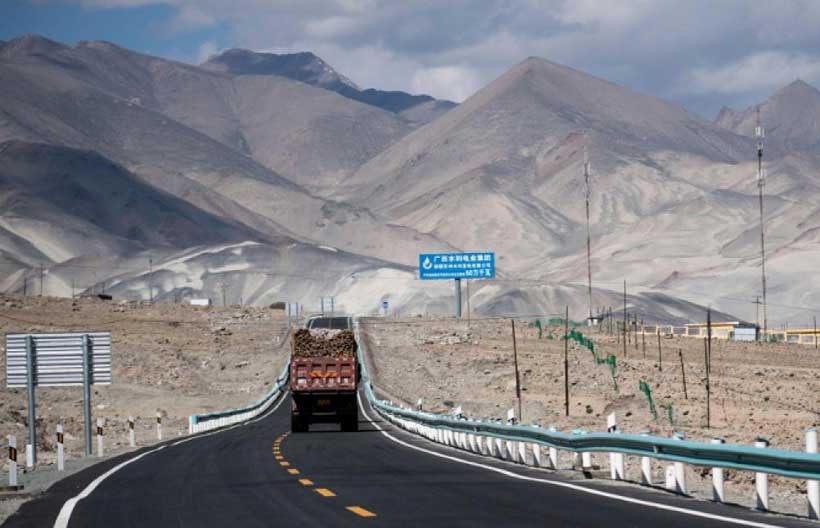Chief Minister Haji Gulbar Khan on Tuesday officially inaugurated the Tangir-Darel Expressway—an ambitious infrastructure initiative worth Rs. 10 billion—under the federal Public Sector Development Programme (PSDP).
The 82-kilometer-long route will connect the remote and often isolated valleys of Tangir and Darel in Diamer district. Scheduled for completion by November 2027, the expressway is expected to serve as a transformative artery for the region, providing vital access and trade connectivity amid frequent disruptions caused by floods and landslides.
Speaking at the inaugural ceremony in Tangir Valley, the chief minister described the project as a “historic breakthrough” and a long-overdue step towards regional development. “For decades, Tangir and Darel have suffered due to inaccessibility. This project marks the beginning of a new era of development,” he said.
Official documents reveal the project includes two main components—Tangir and Darel Expressways. Out of the total Rs. 10 billion budget, Rs. 6.03 billion is allocated to these segments, while Rs. 5.09 billion is specifically set aside for construction.
Although the official timeline starts in August 2025, work is already in progress, with more than 23% of the project completed ahead of schedule.
The timing of this initiative is especially critical. In recent weeks, regional infrastructure has been heavily impacted by cloudbursts, glacial lake outbursts, and landslides, leading to closures of major routes such as Babusar Pass and the Karakoram Highway. The new expressway is set to serve as an alternative emergency and trade route, improving resilience against climate-related disruptions.
Additional announcements during the event included:
- New expressways and water supply schemes worth Rs. 5 billion
- A Rs. 350 million RCC bridge project
- Upcoming healthcare and agricultural development programs
The expressway is expected not only to improve access but also to generate employment, promote tourism, and facilitate disaster response in one of Pakistan’s most geographically challenging and scenic regions.
